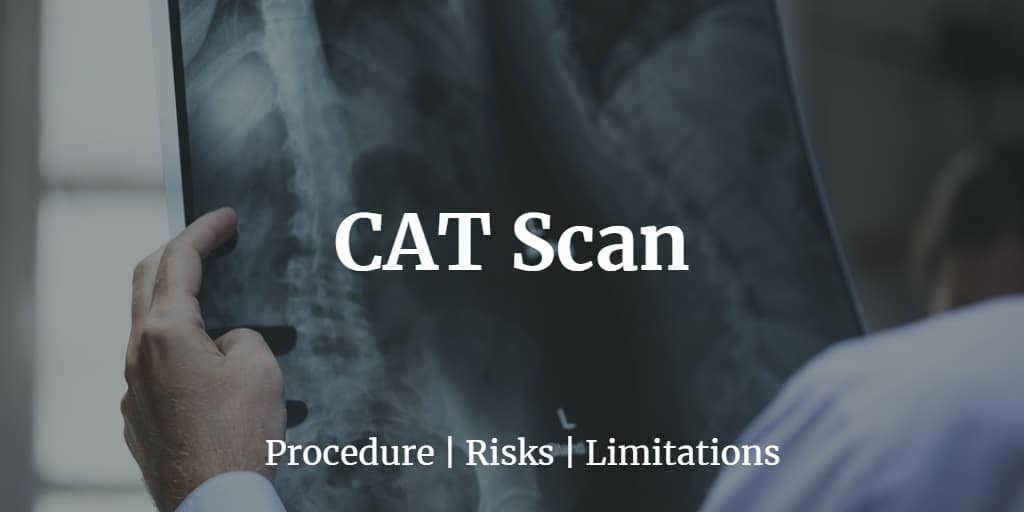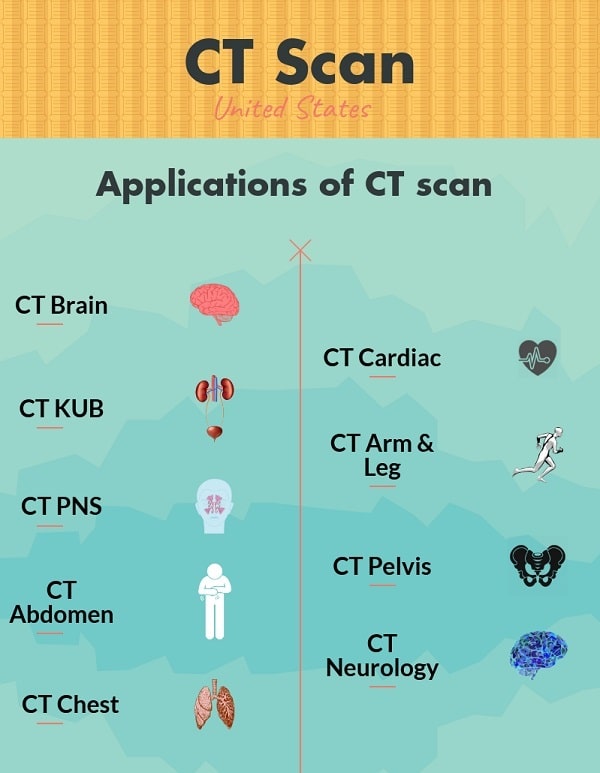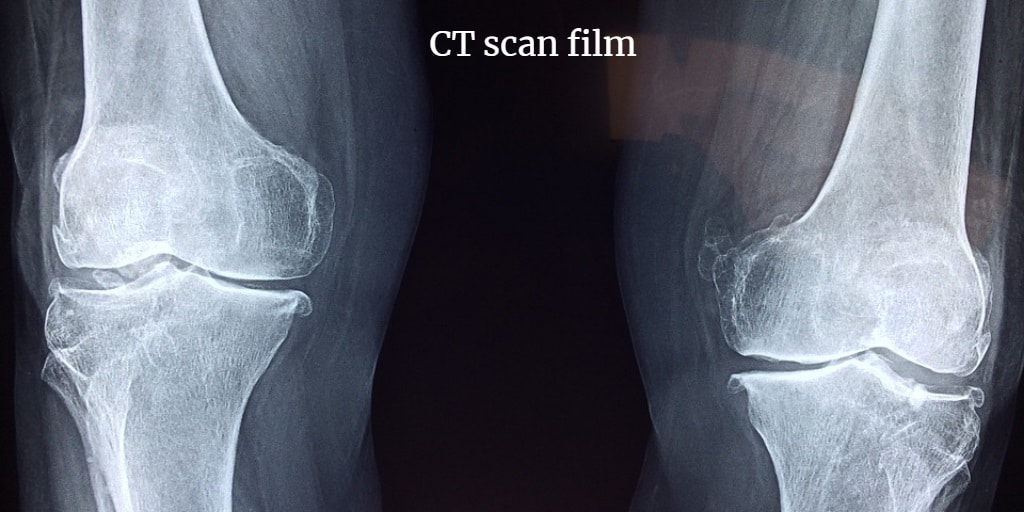
How much does a CT scan cost?
Most medical imaging procedures are expensive in the US. CT scan cost ranges from $154 on the low end and $1018 on the very high end. The CT scan cost also depends based on the facility, location, and other factors such as whether you pay in cash or bill your insurance provider.
The CT scan costs very less in the US when you book your test directly with an independent imaging center than taking your test in a hospital facility.
Breaking down the CT scan cost in the U.S.
The CAT scan cost can be broken into technical fees and professional fees. The technical fees include the cost of equipment, repair, and upgrades. Professional fee includes the wages paid to perform and administer the scan. Along with these, rent or lease expenses and administrative expenses are added to the cost.
The volume of patients may also have an impact on the cost of the exam. This is because when the volume is high the cost is distributed over more patients. But for a facility with a small volume of patients, the cost cannot be spread over many patients.
CT scan cost without insurance
Many facilities in the U.S. offer up to 40% discount for uninsured patients when cash or credit is used to pay the discounted cost within 60 days of the procedure. But this might change based on the facility you choose.
CT scan cost with insurance
The cost of the CT scan will be reimbursed by the insurance companies in most cases depending on the coverage of your insurance plan. If it is not fully covered, then the insurance companies will cover at least some portion of the expense. However, this might vary between private health insurance companies and national health insurance programs. So, we recommend you confirm with your insurance company before taking the CT scan.
Read the article below to know more about the procedure, scope & risks of taking a CT scan.
What is a CT scan?
Computed Tomography is commonly referred to as CT or CAT (Computed Axial Tomography) scan. The CT scan is a diagnostic medical test that uses a specialized X-rays and a computer to produce cross-dimensional images of the body. It helps the physician to detect various diseases and medical conditions. It is capable of producing a detailed image of all the internal organs such as the liver, intestines, kidneys, pancreas, bladder, lungs, heart, blood vessels, bones, spinal cord, etc. The CT scan is performed for different reasons like diagnostics, treatment planning, monitoring the effectiveness of undergoing treatment or screening.
Why is a CT scan done?
CT scan is ordered by the physician for the following reasons.
- CT scan is a non-invasive and painless procedure to visualize the internal organs of the body.
- It is quick and effective.
- Internal injuries and bleeding can be quickly revealed by a CT scan to save lives.
- Detailed image compared to an MRI and ultrasound exams.
- It can visualize the bones, soft tissues, and blood vessels at the same time.
- It helps in further diagnosis.
- CT scan can be done even if you have implanted any medical device.
- It is a cost-effective imaging tool.
- Radiation does not remain in a person’s body.
What are the body parts covered in a CT scan?
The CT scan is particularly done to diagnose diseases and evaluate the injuries in the internal organs of our body. It can be used to visualize almost all parts of the body. Your physician may ask you to scan a particular body part for the following reasons
CT scan brain
The CT scan of the brain or head is done to visualize the patient’s brain, skull, sinus, and blood vessels in the head. It is helpful to
- Detect swelling, bleeding, inflammation, or signs of injury in the brain
- Evaluate the sinuses and pituitary gland
- Examine the location and the size of tumors
- Find causes of vision loss and causes of headache
- Detect problems in the auditory nerve
- Locate problems in blood vessels
It is also done to plan for surgery and to evaluate an ongoing treatment.
CT scan chest
The CT scan of the chest is done to detect the health problems in the chest such as infections, blockage of blood flow in the lungs, lung cancer, tumors, unexplained chest pain, etc. It is mostly done to examine lung disorders. The chest CT scan is useful in diagnosing lung cancer at an early stage.
Cardiac CT scan
The heart and its blood vessels (coronary arteries) are scanned in the cardiac CT scan. This imaging test helps to evaluate coronary heart disease (CAD), congenital heart disease, blockage in the coronary arteries, tumors, pericardial disease, etc. The cardiac CT scan helps to detect the early signs of heart disease well before the development of any symptoms. This helps your physician to stabilize or eliminate the complications in the heart.
CT scan pelvis
The cross-sectional images of the area between the hip bones are taken with the help of a pelvic CT scan. The pelvic area includes the bladder, prostate, pelvic bones, female reproductive organs such as the uterus, ovaries, fallopian tubes, and male reproductive organs such as prostate glands and seminal vesicles. It is done to detect and diagnose problems in the pelvic region.
PET CT scan
PET CT scan uses two imaging methods, Computed Tomography (CT) and Positron Emission Tomography (PET). The CT scan is done to get the images of the internal organs of our body. And then the PET is done to show the chemical changes in the tissue by creating colored pictures.
CT scan KUB
CT scan KUB refers to Computed Tomography of the Kidney, Ureter, and Bladder. This scan helps to get a detailed image of the urinary system. It is done to detect and evaluate kidney stones, bladder stones, and reasons for kidney failure, growth of tumors in the stomach, any foreign object in the stomach, blockage, infection, disease, or abnormal growth in the urinary tract.
CT scan abdomen
The abdominal CT scan is done to examine
- Pain in the abdomen
- Kidney stones
- Appendicitis
- Unexplained weight loss
- Inflammation of intestines
- Intestinal obstruction
- Inflammatory bowel disease
The CT scan abdomen includes scanning of the liver, pancreas, gallbladder, adrenal glands and spleen.
CT scan arm & leg
CT scan arm & leg is also known as CT scan upper and lower extremities. CT scan upper extremities refer to CT scan arm and CT scan lower extremities refer to CT scan leg. It is done to look for complications in the shoulder, arm, elbow, wrist, hand, hip, leg, knee, ankle, and foot.
CT scan PNS (Paranasal sinuses)
The CT scan PNS is primarily used to diagnose sinusitis, evaluate thickened sinus membranes, look for problems in the eyes, and optic nerves. The additional information on tumors of the nasal cavity can be obtained from this scan.
CT scan neurology
The CT scan neurology examines the central nervous system (brain & spinal cord). It is done to identify the broken bones, blood clots, internal bleeding, tumors, and heart disease. The CT scan helps to distinguish the affected area of the brain where some neurological disorders share common traits. It is also done to evaluate the effects of the treatment and plan for surgery or other kind of therapy.

What are the different types of CT scans?
There are widely two types of CT scans based on whether the IV contrast is used or not. They are Non-Contrast CT scan (NCCT) and Contrast-Enhanced CT scan (CECT).
Normal CT scan / Non-contrast CT scan
The non-contrast CT scan (NCCT) is a straightforward process. It does not use a contrast dye and does not require any special preparation for the scan. A normal CT scan normally takes 10 to 30 minutes from the beginning to the end.
Contrast-Enhanced CT scan (CECT)
In the case of CECT, a contrast dye is used to produce a better-enhanced image. The patient will be injected with a contrast agent before taking the scan. The contrast material is iodine-based and is used to produce enhanced detail of the blood vessels and soft tissues. In some cases, the IV contrast is also given orally.
Why is a CT scan preferred over an MRI?
Generally, a physician prefers a CT scan over an MRI for the following reasons.
- CT scans can rapidly scan the brain to determine the cause of stroke.
- An MRI costs as much as twice the cost of a CT scan.
- CT scan is readily available on an emergency basis and it is accurate.
- CT scan provides better details on bone structures.
- Patients with metallic implants can get a CT scan whereas it is not possible to get an MRI.
- CT scan can be done in less than 20 minutes whereas the MRI takes 30 to 60 minutes.
What does the CT scan equipment look like?
The CT scanner typically looks like a doughnut-like structure with a large hole in the center. An examination table is attached to it that slides into the CT machine. The large tube-like structure is called a gantry with the X-ray tube and X-ray detectors are placed opposite each other. The computer operating the scanner will be located in another room which will be operated by a radiologist. He/she will be able to see and talk to you with the help of the speaker and microphone.
How does the equipment work?
The CT scan is almost similar to the other type of X-ray examinations. Each body part absorbs the X-rays at various degrees allowing one to differentiate between the different body parts. During a CT scan, numerous X-ray beams are sent into the body. The radiation absorbed will be measured with a set of electronic detectors that rotates around you. Each complete rotation produces a slice of an image. This process is continued until a sufficient number of slices is obtained to form a complete image of the body part that is examined. The data collected will be processed by a special computer to create cross-sectional two-dimension images that will be displayed on a computer screen.
How is the CT scan procedure done?
The technologist will ask you to lie flat on the examination table that will slide into the CT machine. The patient may be strapped to the table to hold still during the procedure as it is very important to produce a detailed image. In the case of young children, sedation may be used to hold them still. Sometimes during the scan, you may be asked to hold your breath for a few seconds.
In some cases, a contrast agent may be used to produce more detailed images. It is either injected in the vein or given orally to the patients depending on the type of CT scan. You will have a warm and flushed sensation due to the contrast material injected.
It may take around 10 to 30 minutes to complete the procedure.
CT scan report
The reports will be available within 6 to 48 hours of the procedure. The radiologist will interpret all the images produced, prepares the report, and then sends it to the primary physician. The physician will explain to you about the report. Your physician may order some follow-up examinations if he/she feels appropriate. A follow-up examination is done to further evaluate the potential abnormality. In some cases, it is done to monitor and check on the success of the treatment.

CT scan film
Is there any preparation required before the procedure?
There is no special preparation required for a CT scan. But the following points should be considered before taking a CT scan.
- Wear loose and comfortable clothing
- Remove eyeglass, jewelry, and objects with metallic contents which may result in inaccurate results.
- Consult your physician if you are pregnant as the radiation may affect the fetus before taking the test.
- If the IV contrast will be used, do not eat for several hours before the scan.
Are there any risks in the CT scan?
Though the CT scan uses a minimal amount of radiation to produce a detailed image, there is always a possible risk of developing cancer. If you are or suspect to be pregnant, we recommend you inform your physician before the test. The radiation exposure may lead to birth defects.
There is a possible risk of an allergic reaction if the contrast dye is used. Patients should inform their physician if they are allergic to contrast dye or iodine. In some cases, the use of contrast dye may lead to kidney failure.
What are the uses of a CT scan?
A CT scan can give clear pictures of the bones on any section of the head or body. It also gives a clear picture of soft tissues such as muscles, organs, brain, blood vessels, and nerves which an ordinary X-ray cannot show. The common uses of CT scan are
- Helps to detect the skeletal and spinal problems
- The causes of abdominal or chest pain or difficulty in breathing can be known.
- Examine bone injuries
- Helps to locate infections
- Detect abnormalities in the body such as tumors, abnormal blood vessels, etc.
- Diagnose cardiovascular disease that causes stroke and kidney failure
- Locate tumors and infections
- Helps the surgeon to plan for the surgery
- Used to assist in biopsies and other medical procedures
The CT scan is also done to detect lung cancers and the spread of tumors. It is very effective in colorectal cancer screening and lung cancer screening.
What are the limitations of a CT scan?
Though the CT scan can be performed safely in pregnant women, other imaging techniques such as ultrasound or MRI are preferred as they do not involve radiation. The soft tissues can be better evaluated with MRI compared to CT. As a CT scan is detailed, sometimes minor abnormalities which would not have caused any problems may raise the need for unnecessary follow-up test or treatment.
Providers Locations
CT scan can be done in any of the following locations across the U.S. by visiting the nearest lab. To know the CT scan cost, refer to the first section of the article.
- Alabama
- Alaska
- Arizona
- Arkansas
- California
- Colorado
- Connecticut
- Delaware
- Florida
- Hawaii
- Georgia
- Idaho
- Illinois
- Indiana
- Iowa
- Kansas
- Kentucky
- Louisiana
- Maine
- Michigan
- Minnesota
- Mississippi
- Missouri
- Montana
- Nebraska
- Nevada
- New Hampshire
- New Mexico
- North Carolina
- North Dakota
- Oklahoma
- Oregon
- Pennsylvania
- Puerto Rico
- South Carolina
- South Dakota
- Tennessee
- Texas
- Utah
- Vermont
- Virginia
- Washington
- West Virginia
- Wisconsin
- Wyoming
Other topics you may be interested in:-
- RBC blood count test cost in the US
- At-Home Chlamydia Testing Cost in the US
- Eye Chlamydia Symptoms
- Importance of Progesterone & Fertility Testing
- Cost of Lymphocyte Blood Test in the US
- GGT, Gamma-GT Blood Test Cost in the US
- Is Bruising a Symptom of STD?
- ANA Test Cost in the US
- Do STDs Spread Via Kissing?
- Oral STDs: Names, Symptoms, Treatment and Testing Cost
- Causes of Penile Rashes and Other STD Symptoms in Men
- Complete Blood Count, CBC Testing & Test Results Interpretation
- Cost of Planned Parenthood STD Testing Vs. Other Labs/Clinics Near You
- What are the types of skin cancer? Know more about early signs, causes test cost & treatment
- LDH Hormone Normal Levels, Abnormal Levels Symptoms, Diagnosis & Treatment
- Importance of CA 125 Testing & Ovarian Cancer in Women
- What is creatinine in blood? Know more about the creatinine test cost near me
- Colon Cancer Stages | Know more about Early Symptoms, Causes & Treatment
- Symptoms of Pancreatic Cancer | More about Causes, Diagnosis & Treatment





